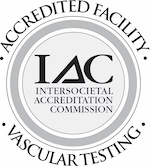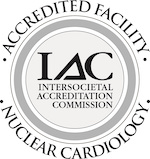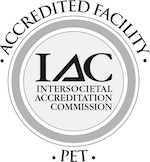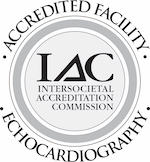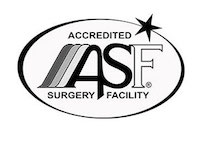How to Know It’s Time to Visit Your Cardiologist
Many of us wait until our symptoms are obvious and even debilitating before we seek medical help. This can also be true with cardiovascular issues. Many times, shrugging off smaller abnormalities leads to progressively worse symptoms and ultimately an unfavorable diagnosis with fewer treatment options. With high cholesterol and high blood pressure issues becoming more and more prevalent in the United States the old thinking that heart disease only affects to the elderly is no longer true.
In fact, prevention starts at a young age. 30, 40 and 50-year-olds that address their risk of heart disease, can add years to their life and avoid serious complications later on.
But when should you visit your cardiologist?
Of course, if you believe you are having a health emergency of any kind, it is important that you visit your nearest emergency room or dial 911 immediately. Do not wait to hear back from your doctor’s office.
However, in non-emergency situations, the best advice we can offer is to have regular checkups with your primary care physician. During this checkup, don’t rely solely on the tests performed during your visit as to whether you should seek specialized care. Rather, keep note of any irregularities that you may experience between visits as well. For example, many millions of Americans suffer from an irregular heartbeat known as atrial fibrillation or AFib. At its earliest stages, it is often paroxysmal, also known as intermittent. As such, your doctor may not notice irregularities in your heartbeat with the EKG. However, you may actually be in AFib at other times. AFib is progressive, meaning that over time, episodes can be longer, more frequent and more powerful. Left completely untreated, AFib can become permanent.
Angina is another common sign of impending or existing cardiovascular disease. Angina is pain felt in the chest that may radiate to the neck and shoulders. Not all sensations in the center of the chest are heart related, however. Many people mistake gastroesophageal reflux disease or GERD for cardiovascular disease or even a heart attack. Unfortunately, the only way to ensure a proper diagnosis is by pursuing appropriate medical care, and of course, seeking emergency medical care when necessary.
Shortness of breath is often attributed to lung function but can be a result of heart disease as well. Be sure to tell your primary care physician and cardiologist about any shortness of breath you may be experiencing, no matter how mild.
The risk of heart disease can also be significantly increased by silent conditions too. These are conditions such as high blood pressure, high cholesterol and diabetes that may not have any obvious outward symptoms, especially in the earliest stages. However, each of these conditions increases the risk of heart disease significantly. Many of these diseases are ultimately caused by excess weight, obesity and a sedentary lifestyle
So, if you are feeling strange flutters or sensations in your chest, pain in the chest area, or if you have lived with obesity, high blood pressure, diabetes and/or high cholesterol for years or even decades, it may be a good time to visit your cardiologist to learn more about specialized treatment options. Further, your current medical situation and family history should be discussed with your medical team to determine an appropriate cardiovascular screening regimen.
We look forward to helping you improve your heart health here at the Huntington Heart Center on Long Island – please feel free to contact us to schedule an appointment.


